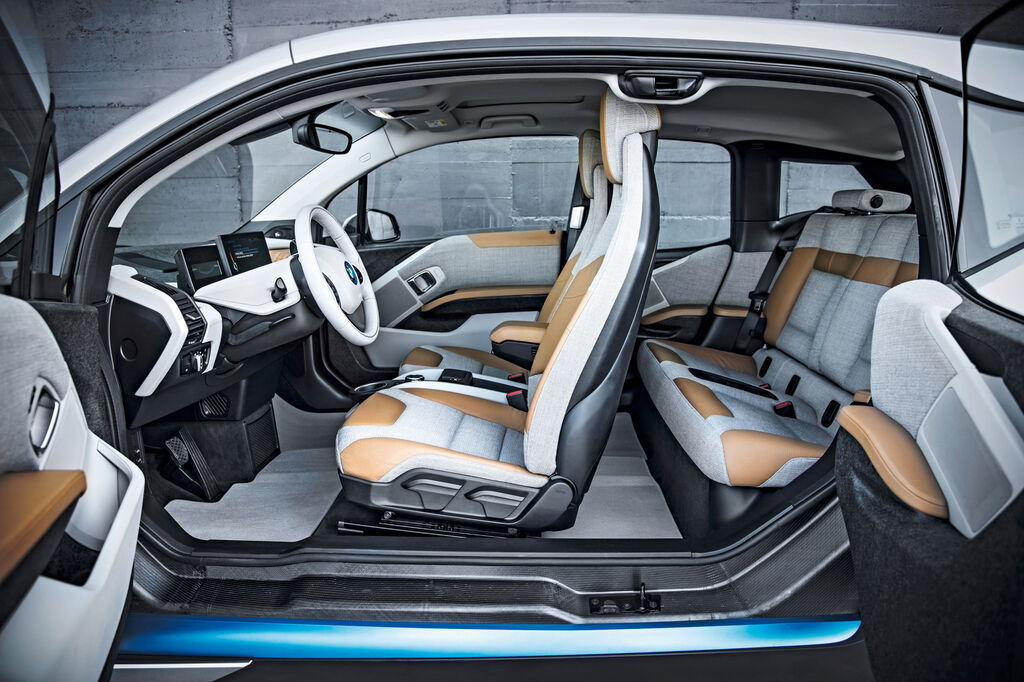
The electric car has become a symbol of the disruption in the automobile industry. Alongside digitalisation, electromobility is the most commonly debated topic in the context of the turnaround in mobility policy.
Over the past 10 years, automobile manufacturers have brought more than 100 new electric car models to the market. These are vehicles that challenge and transform our perceptions and our understanding of mobility.
Unlike the combustion engine, the electric drive no longer dictates the design. This gives designers new-found design freedom. As a result, Red Dot is taking a look at some European and Asian pioneers of electromobility.
“The BMW i3 is a major milestone”, says Red Dot juror Lutz Fügener, “because it has been designed as an all-electric car”.
With this car, BMW has in fact introduced lots of innovations. The body is just four metres long and made from carbon fibre reinforced plastic and aluminium, which makes the car very light and safe. Its unladen weight is just 1,195 kg.
The electric drive in the rear underneath the boot and the batteries in the floor mean that there is lots of space inside the car, giving the designers a new level of design latitude.
“A very compact car on the outside that doesn’t need a big parking space and feels spacious on the inside”. This is how Lutz Fügener explains the design concept of the ‘one-box design’ with doors that open in opposing directions. The car won a Red Dot: Best of the Best in 2014.
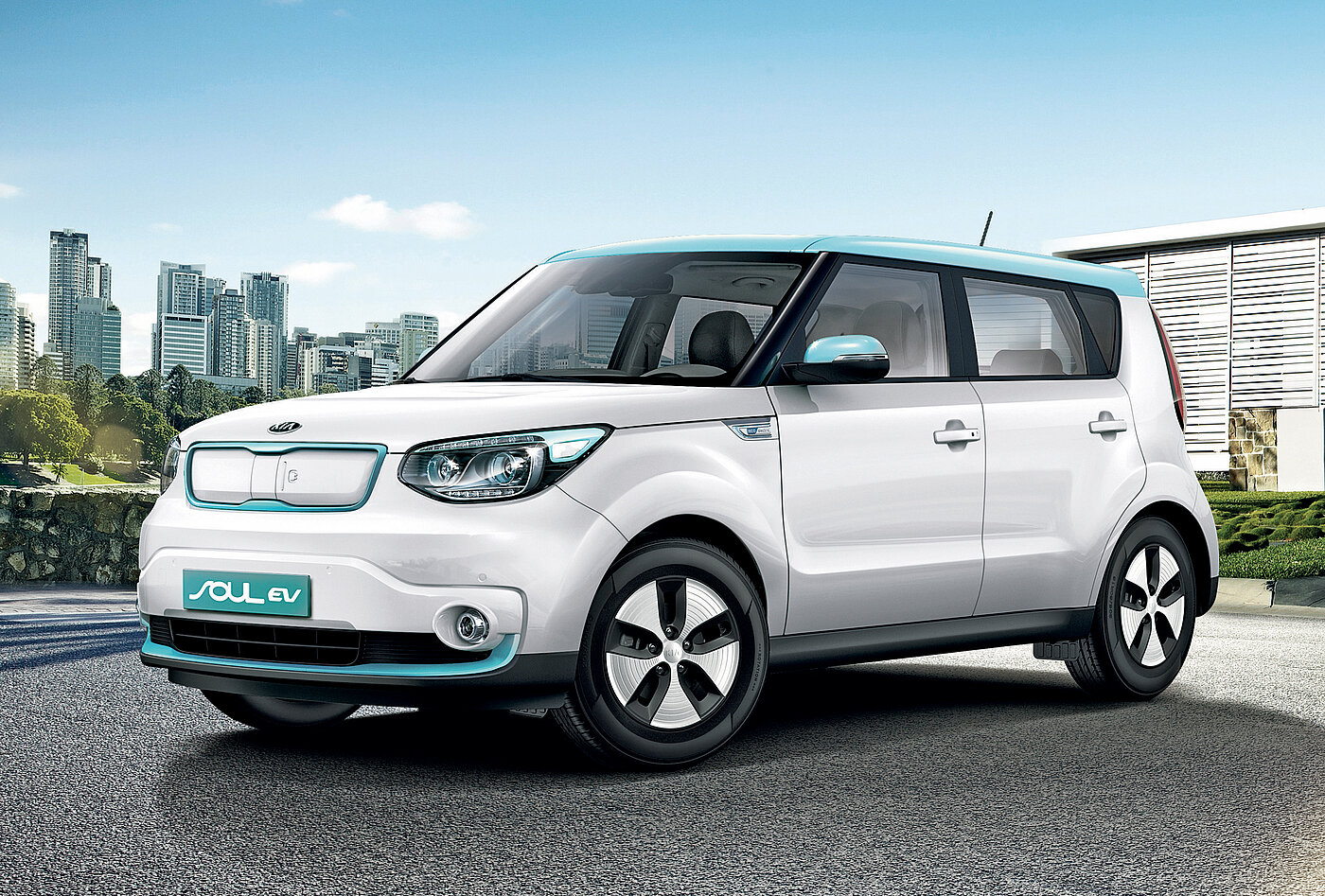
The Kia Soul is the first car by a Korean car manufacturer to win a Red Dot Award.
“The design is unique”, says Peter Schreyer, who became Chief Design Officer at Kia in 2006 and has been Executive Design Advisor and brand ambassador at the Hyundai Motor Group since 2022. “This uniqueness is also very practical”, explains the car designer. “It’s an urban car”, says Schreyer.
Kia introduced the Soul EV, an electric version of the Soul, in 2014. This moved the company forward on its electromobility journey. The large panel between the headlights that conceals the two charging ports identifies the Kia Soul EV as an electric car. The battery is integrated in the floor of the vehicle to save space. This gives the 4.14 metre long model a low centre of gravity and a spaciousness that is rare in compact electric cars.
At just 3.9 metres long, the Honda e has no sharp edges in its design. Instead, it features smooth, slightly rounded surfaces. Its headlights look like two large, round eyes from a manga or animé comic. The all-electric Honda e has a reduced and minimalist design, while the rear-wheel drive ensures a sporty and fun driving experience. Retractable door handles and small-scale cameras instead of traditional wing mirrors round off this well-executed design.
The interior conveys a feeling of spaciousness for the driver and passengers with a cockpit that is intuitive to use. Several displays and two screens facing the driver extend over the entire width of the dashboard, defining a whole new cockpit design. The car’s turning circle of just 8.6 metres and its agility when accelerating out of a bend in particular make it fun to drive. Honda deliberately fitted the electric car with a small battery, making the Honda e perfect for city driving and short journeys. This concept is referred to as ‘rightsizing’ and was also used by Mazda when designing the MX-30.
Mazda MX-30
Urban family car for everyday useMazda’s first electric car is the compact SUV MX-30, which won a Red Dot in 2020. While the electric crossover model doesn’t feature the big radiator grille typical of a Mazda, its dynamic shape, its headlights and rear lights immediately identifies it as a Mazda.
The Mazda MX-30 stands out thanks to its clear lines and contrasting colours. The exterior is sporty yet elegant. The cockpit features an ergonomic design with a centre console that seems to float and a 7-inch touchscreen for intuitive use of the car.
According to the long-term strategy of Swedish car manufacturer Volvo, from 2030 it will only produce cars that are fully electric. The company introduced its first fully electric Volvo with the Volvo XC40 Recharge P8 AWD, which won a Red Dot in 2020.
Its carefully designed interior combines clever solutions with plenty of space for passengers and luggage. It offers large, elegantly designed storage compartments in the doors, under the seats and in the boot. The infotainment system allows a high degree of personalisation and intuitive usability. The front of the electric car was completely redesigned, signalising the start of Volvo’s journey toward electromobility.
Volvo is already building hybrid and electric cars using the brand of its ‘Polestar’ subsidiary. Polestar received the distinction of Red Dot: Brand of the Year in 2020. A year later, in 2021, the Polestar 2 won a Red Dot: Best of the Best.
The exterior of the fastback with a fully electric drive has an elegant and powerful appearance. One distinctive design feature is a light blade comprising 288 LEDs at the rear of the vehicle. In the interior, the use of new technologies such as voice control and the easy-to-use 11-inch centre display offers a user-friendly, digital driving experience.
Top-quality materials and a harmonious colour concept underscore the feeling of streamlined elegance and premium comfort. Both inside and out, each detail of the Polestar 2 is designed to be discreet yet unmistakeable.
IONIQ is not only a car with an electric drive. It is also a new sub-brand of Hyundai that combines all of the company’s new electric models.
In 2020, the Hyundai Design Center led by SangYup Lee won the Red Dot for the concept car ‘45’. The futuristic design of the 45 pays homage to the clear lines of the Hyundai Pony from 1974.
The triangular side panels run together at sharp edges, creating 45-degree angles. This is reminiscent of a cube shape that marries several perspectives, as SangYup Lee explains: “It has a unique cubism character.”
The Hyundai IONIQ 5, which was brought to market in 2021, is an unequivocal nod to the purist design of the 45 concept.
The clear lines and cubist elements are as unmistakeable on the road as the clamshell design of the bonnet and the distinctive LED pixels of the lights.
The long wheelbase of 3 metres and the flat floor offer plenty of headroom and legroom in the interior, also for passengers in the back seat, which can be adjusted electrically.
The driver’s cockpit features an integrated screen that includes the controls and the infotainment system as well as a head-up display.
And, as the first dedicated electric car from Kia, the EV6 does in fact represent a new face of the brand that is informed by the design philosophy ‘Opposites United’. Elegant shapes are delimited by clear lines. A contrasting combination of sharply defined elements and sculptural shapes shows a new, futuristic silhouette of the Kia brand. The brand’s typical “tiger face”, which for a long time informed the appearance of Kia models, has given way to elegant lines. Expressive LED headlamps bring the look of the car into the new electric era. The 4.68 metre long electric model features a distinctive rear spoiler with an integrated LED light strip that widens as it slopes downward to include the indicators and with a line that extends over the wheel arches on the sides like a graphical element.
In the interior, the image of the future is all about digitalisation. “The EV6 puts the driver at the heart of the experience”, explains Karim Habib, describing the design concept for the cockpit. A new feature is the head-up display with augmented reality and a curved display with the controls and infotainment system in a curved design. The rotary dial shifter knob is located in the floating centre console.
Like the sister model from Hyundai, the IONIQ 5, the Kia EV6 is also based on the E-GMP or Electric-Global Modular Platform. The AC/DC charging port, which directly converts alternating current from the grid into direct current for the battery, charges the Kia EV6 quickly thanks to the 800 V high-speed multi-charging system.
Electromobility in the context of people and the environment
Electromobility is about to transform not just the cars made by automobile manufacturers but also entire cities and infrastructures. The future of mobility needs lower carbon emissions, less noise and better energy efficiency. Designers, engineers, urban planners and transport planners must view electromobility in the context of people and the environment and use technical innovations to bring about social change. There doesn’t need to be a contradiction between liveable cities on the one hand and urban mobility on the other.

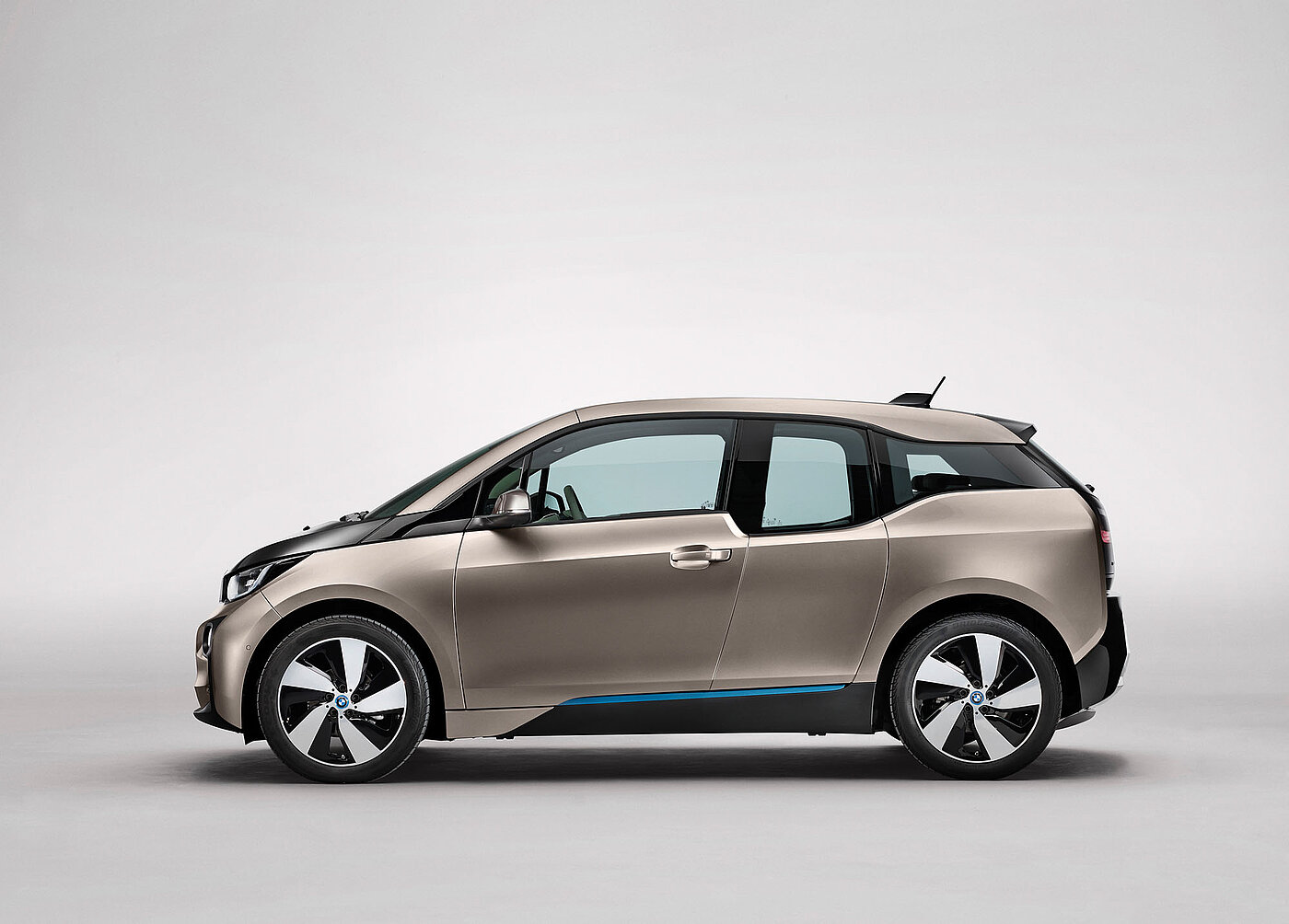
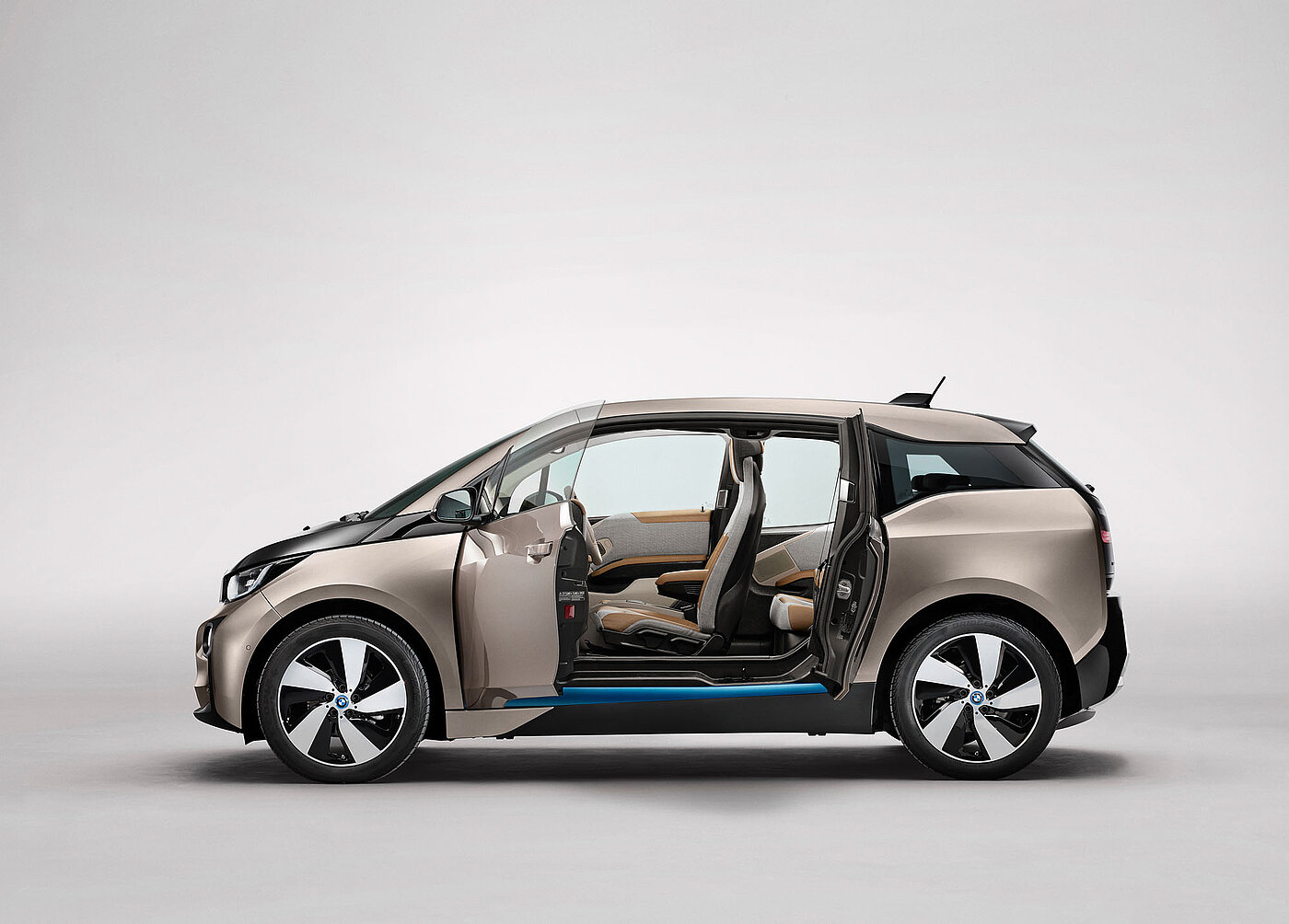
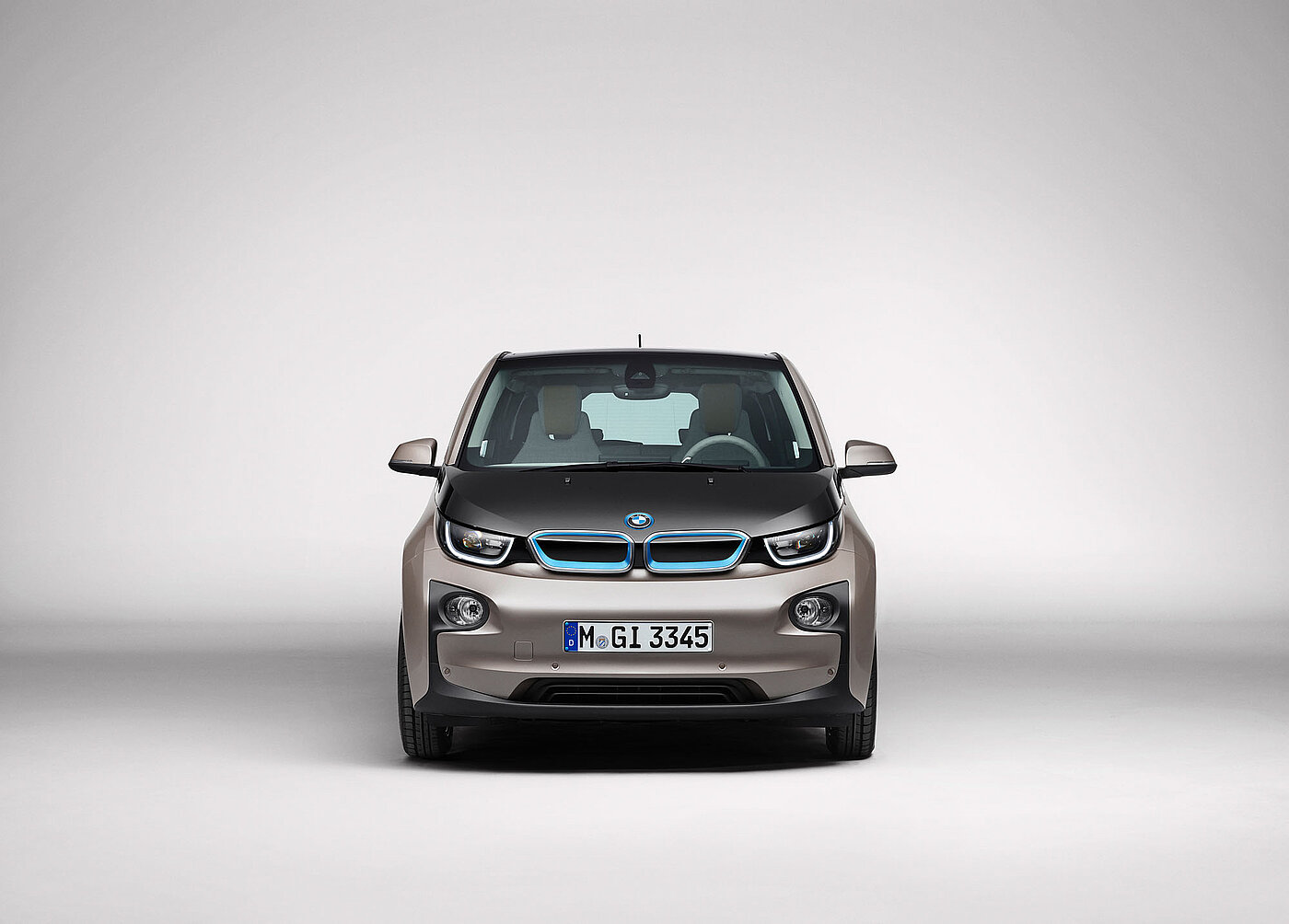
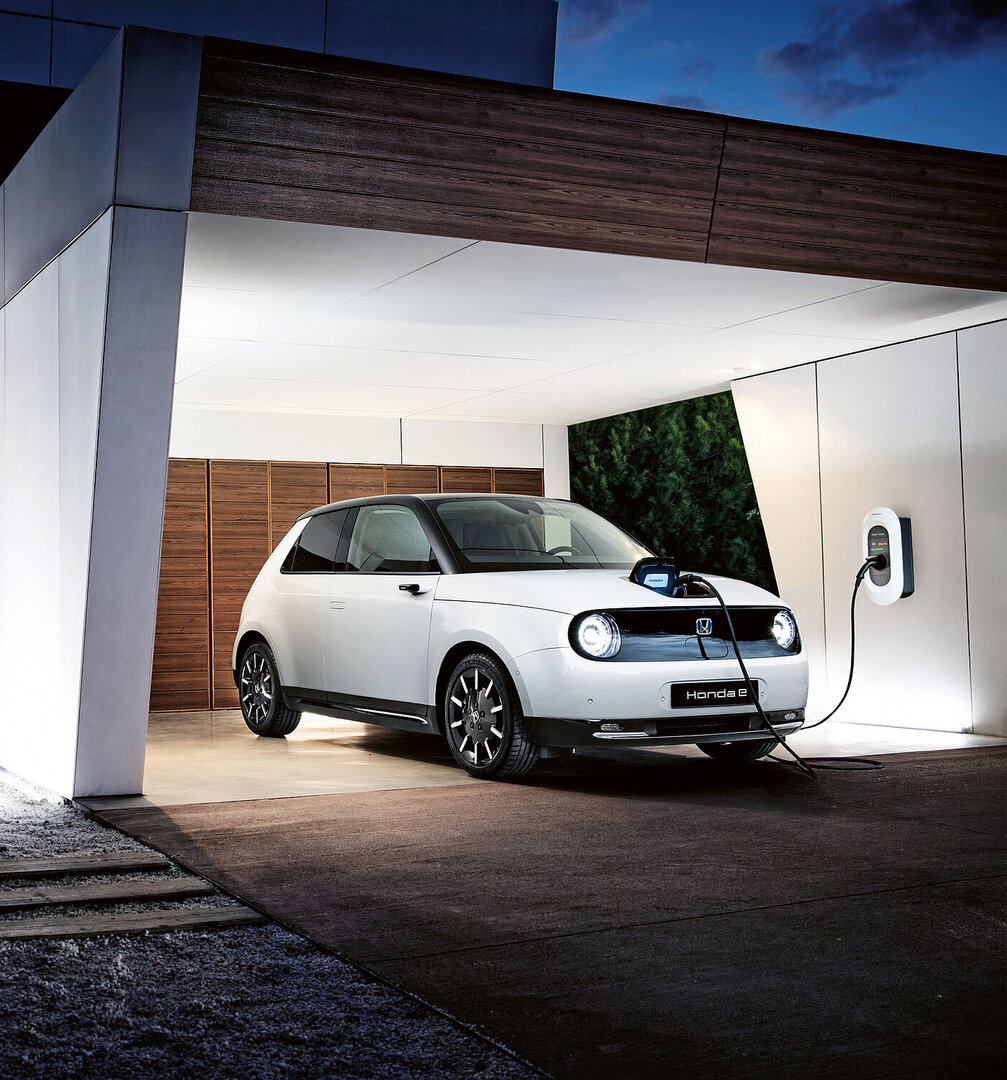
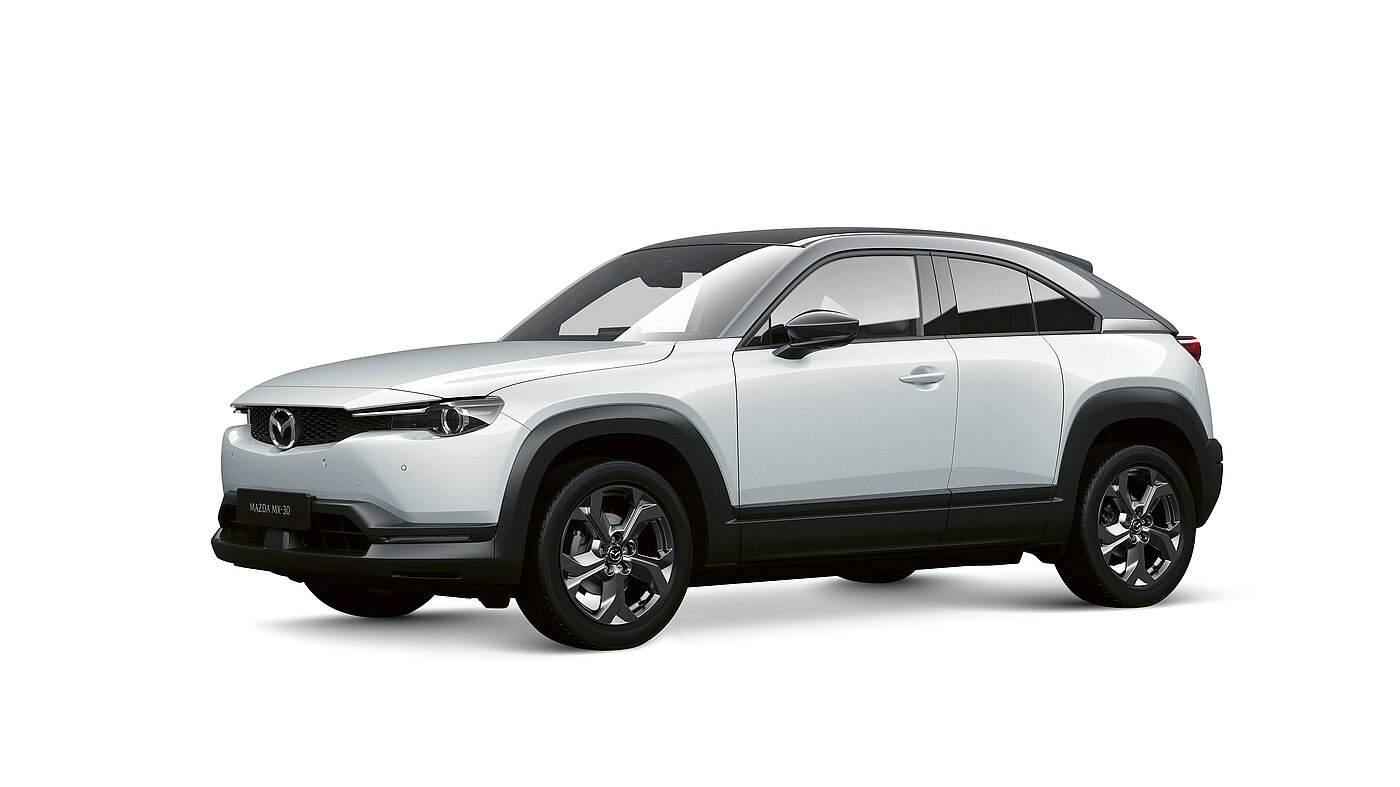
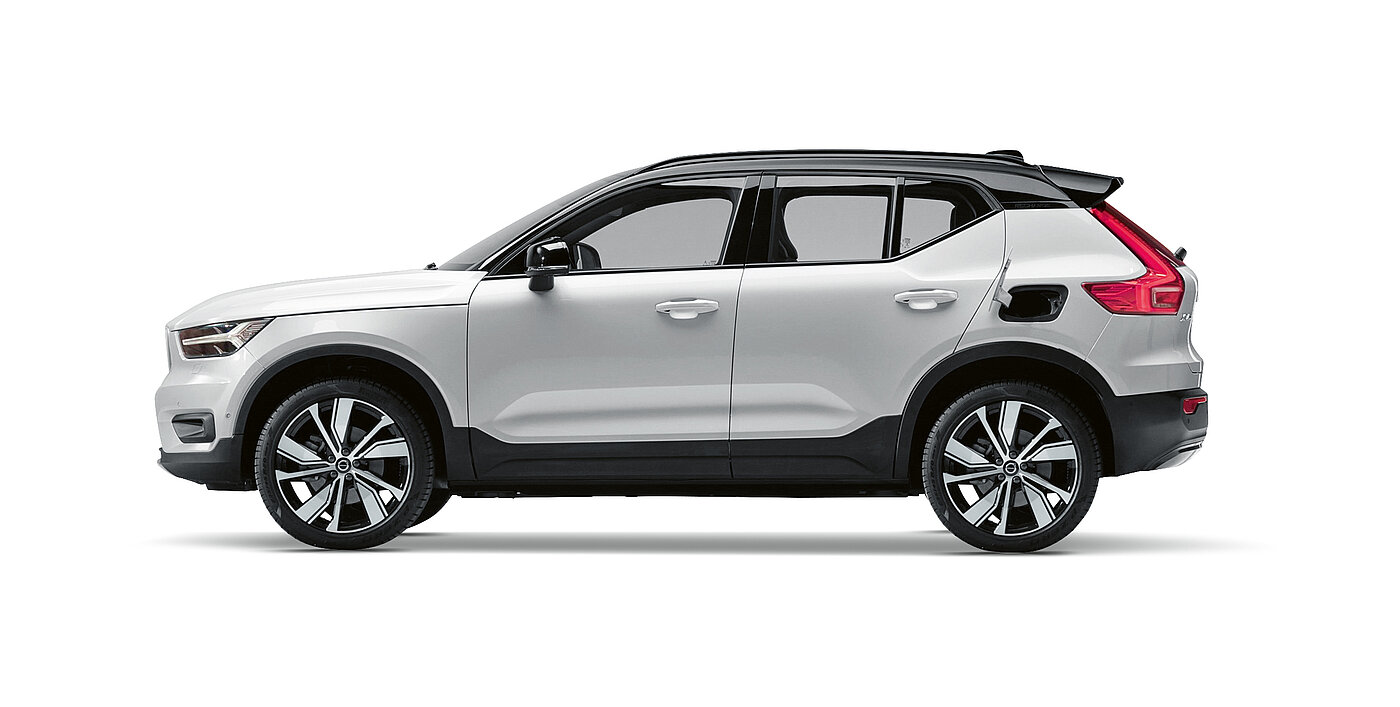
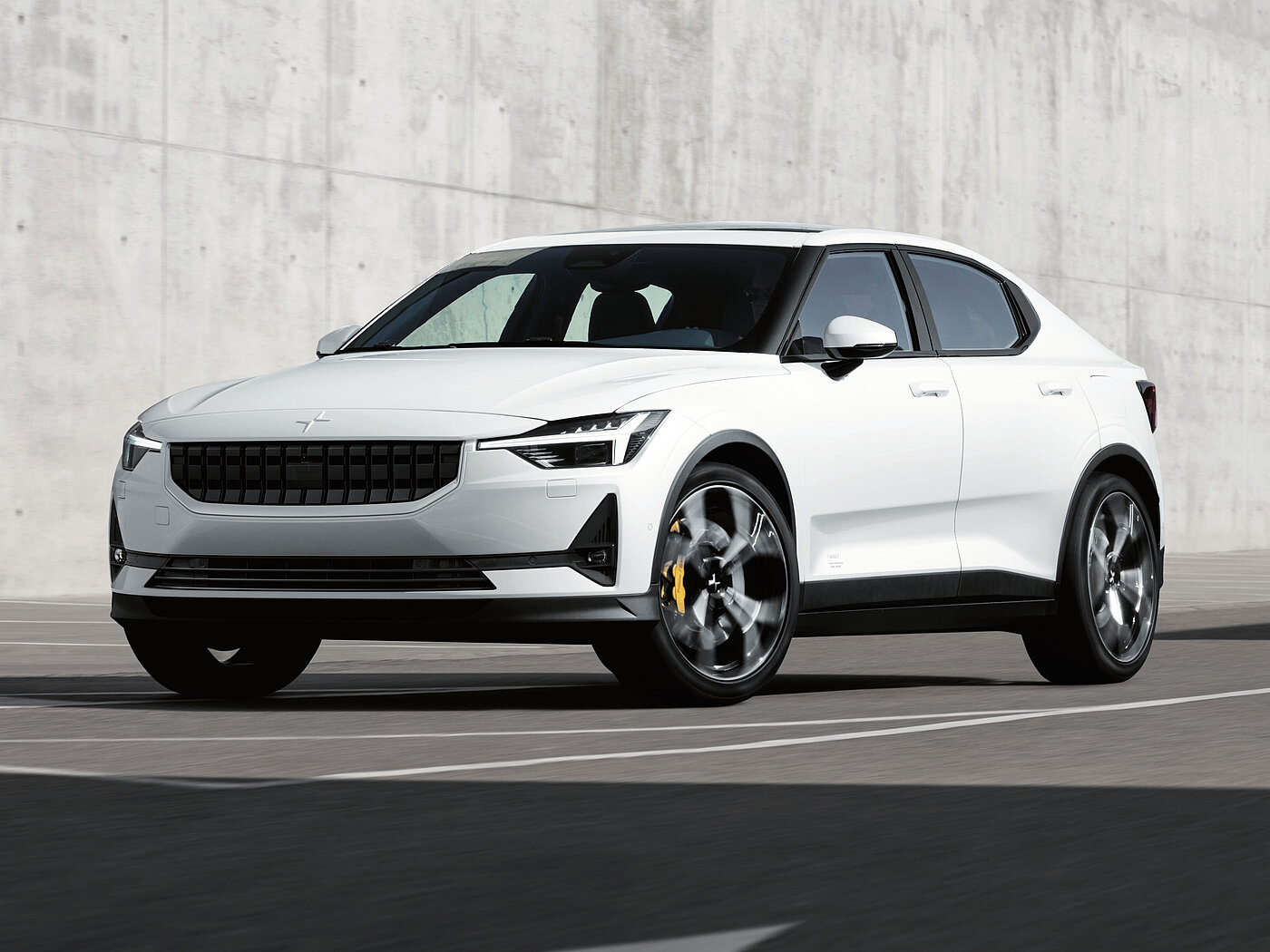
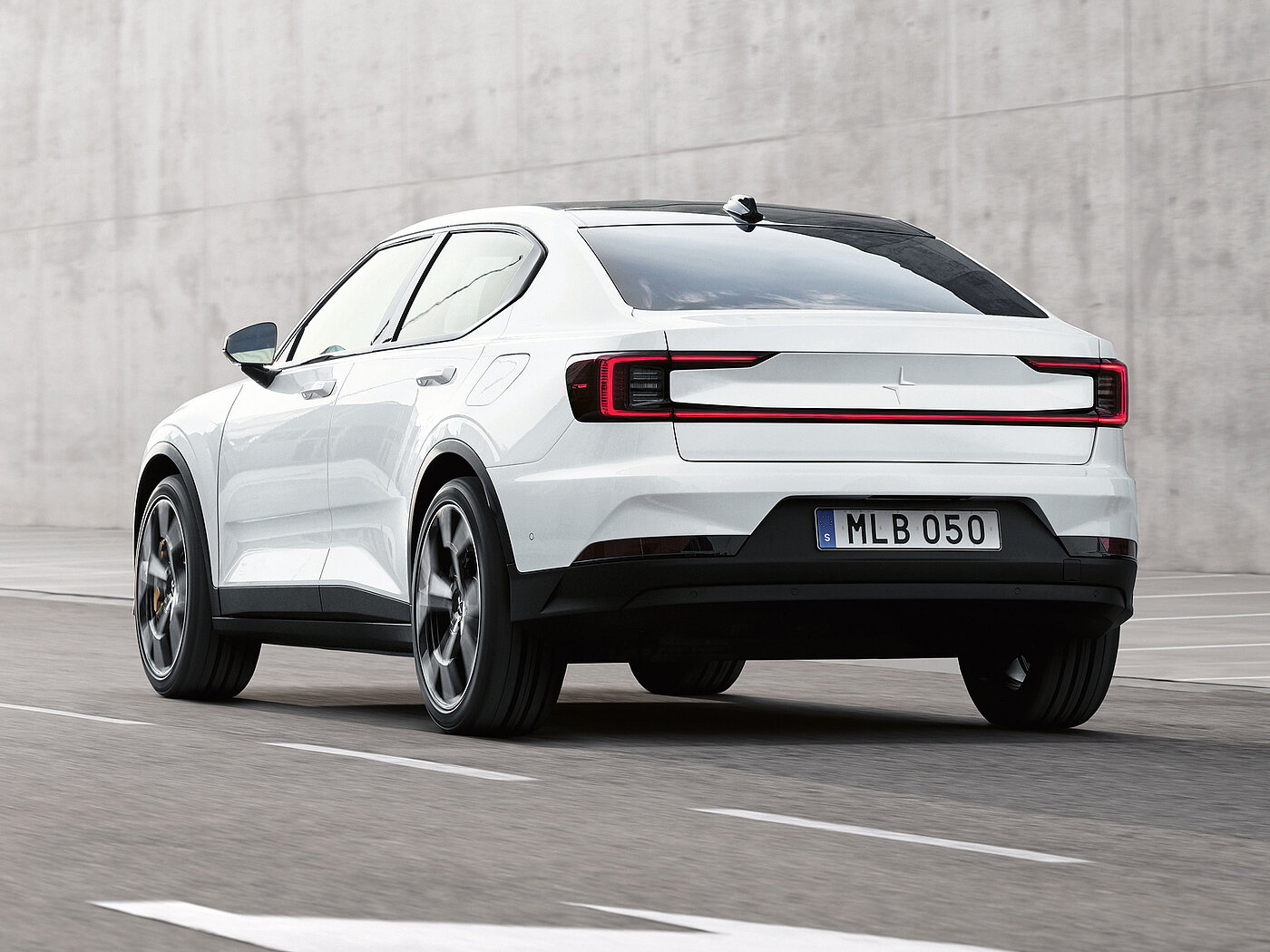
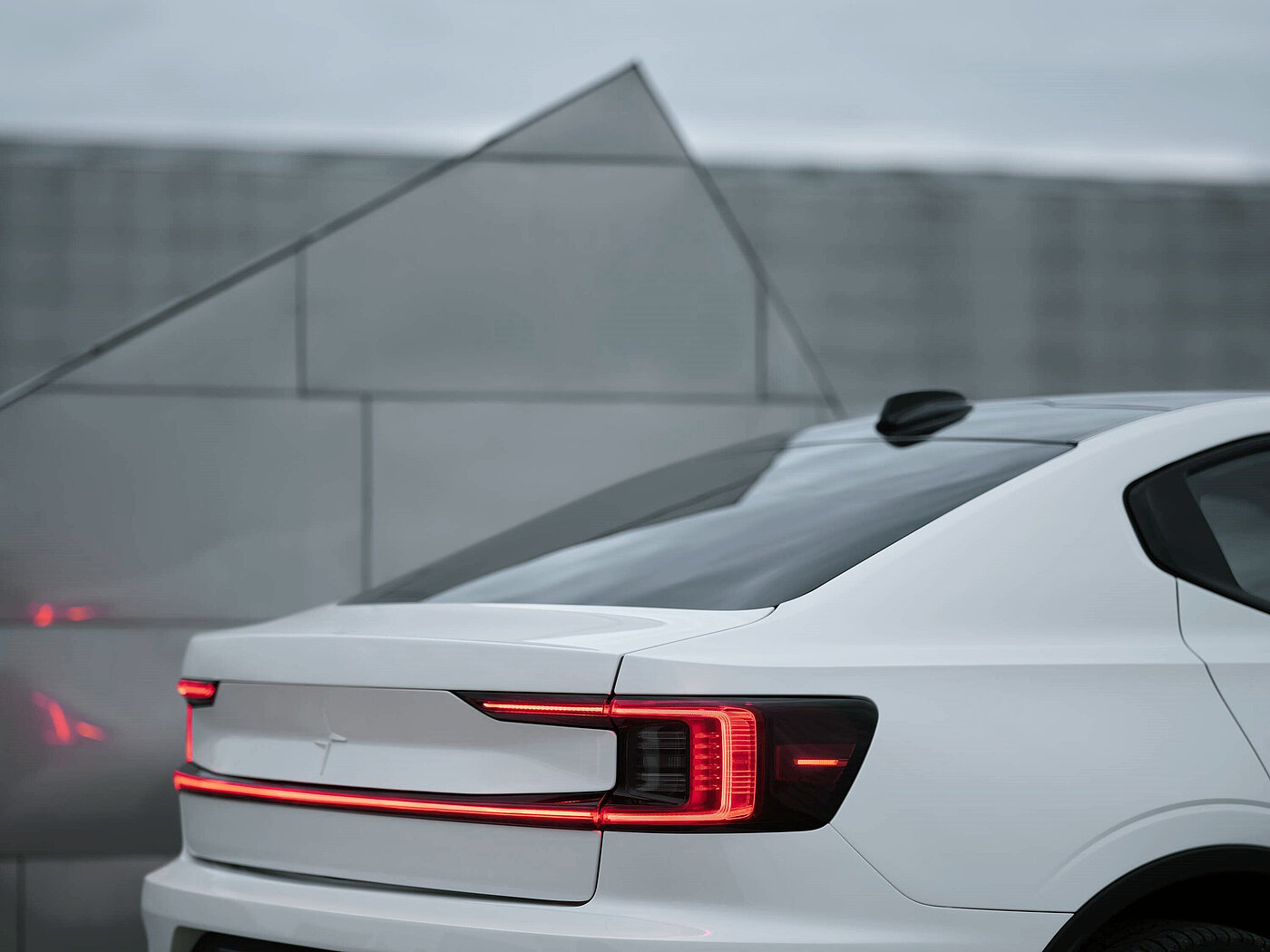
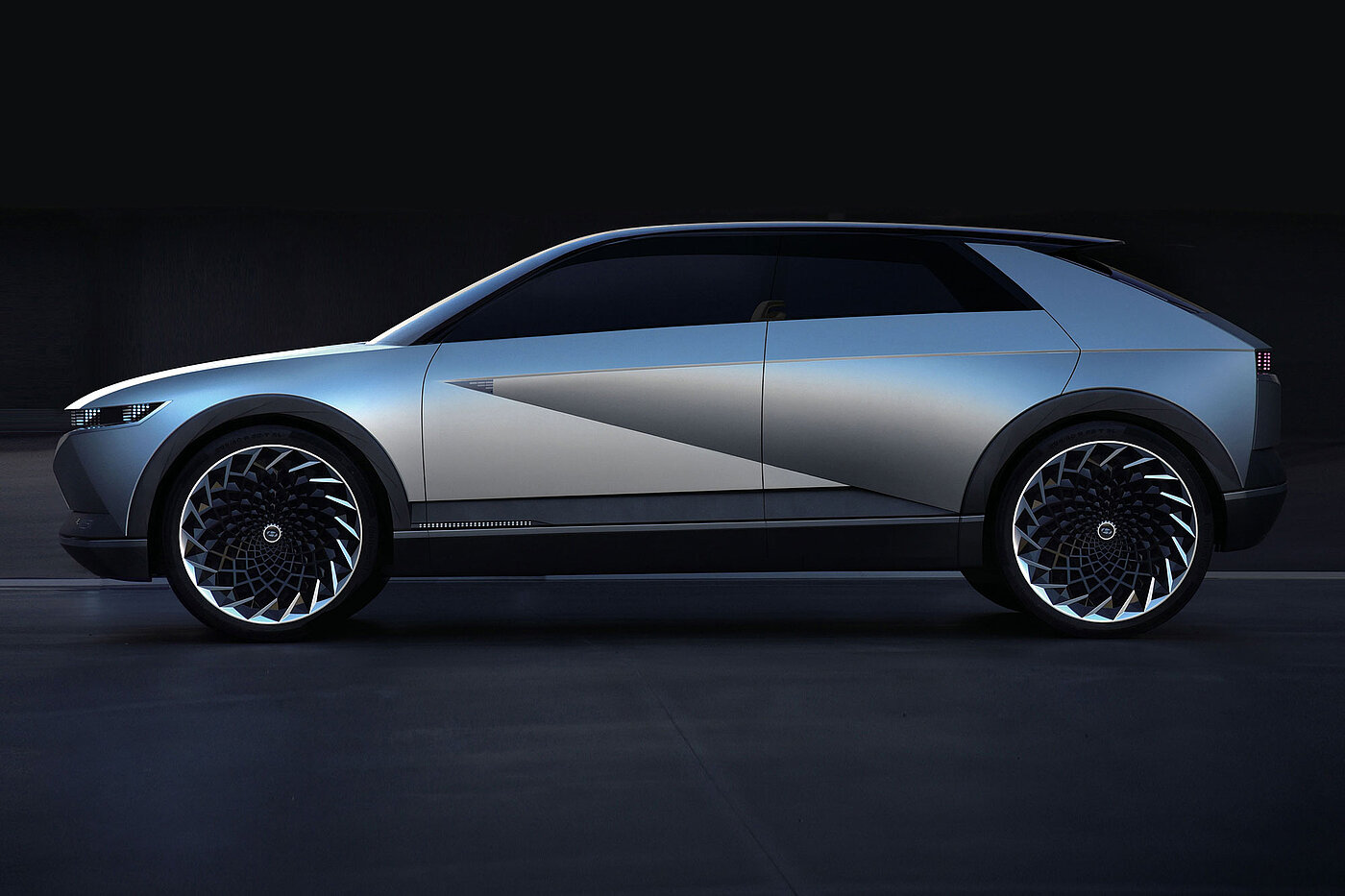

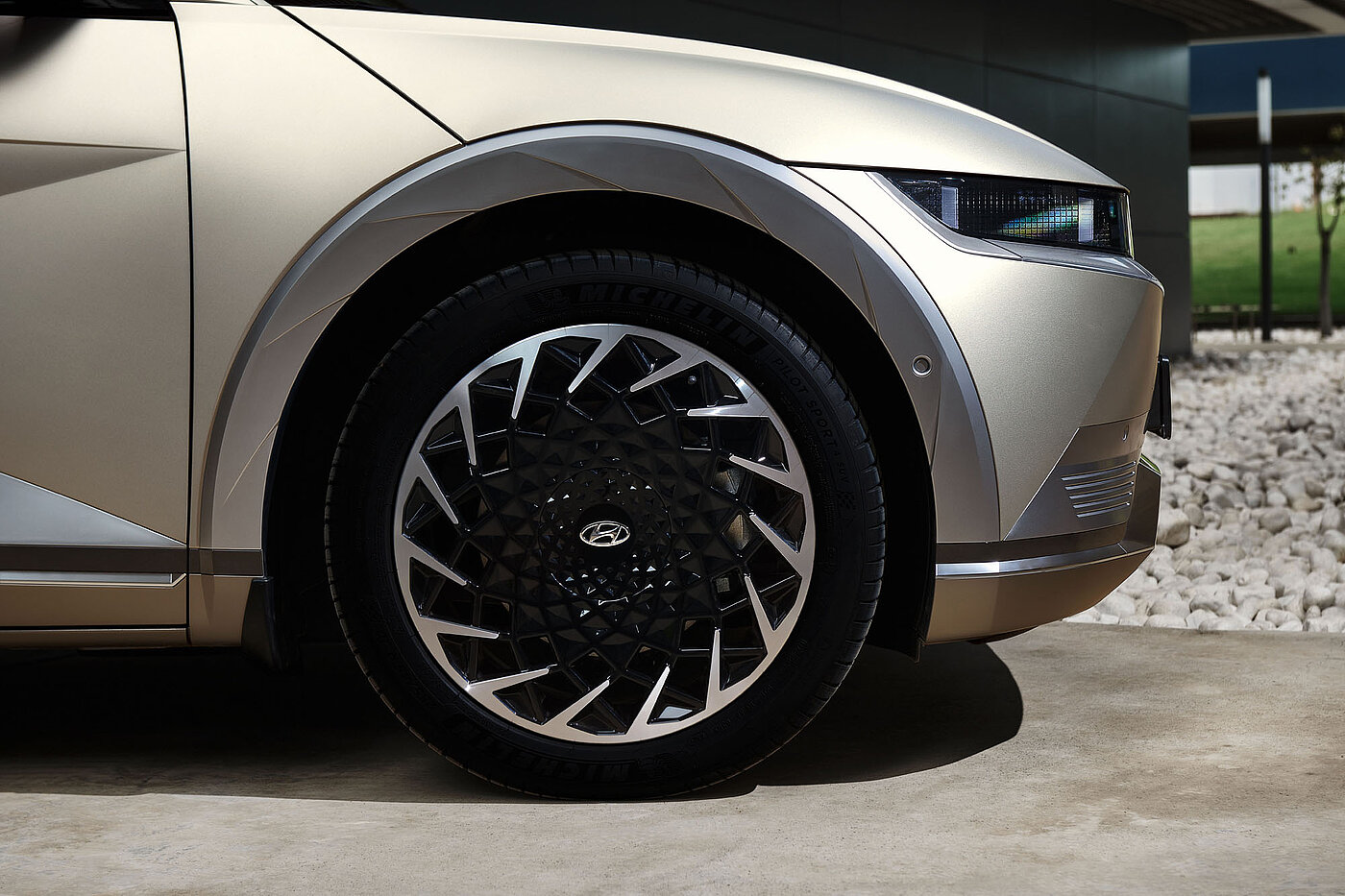
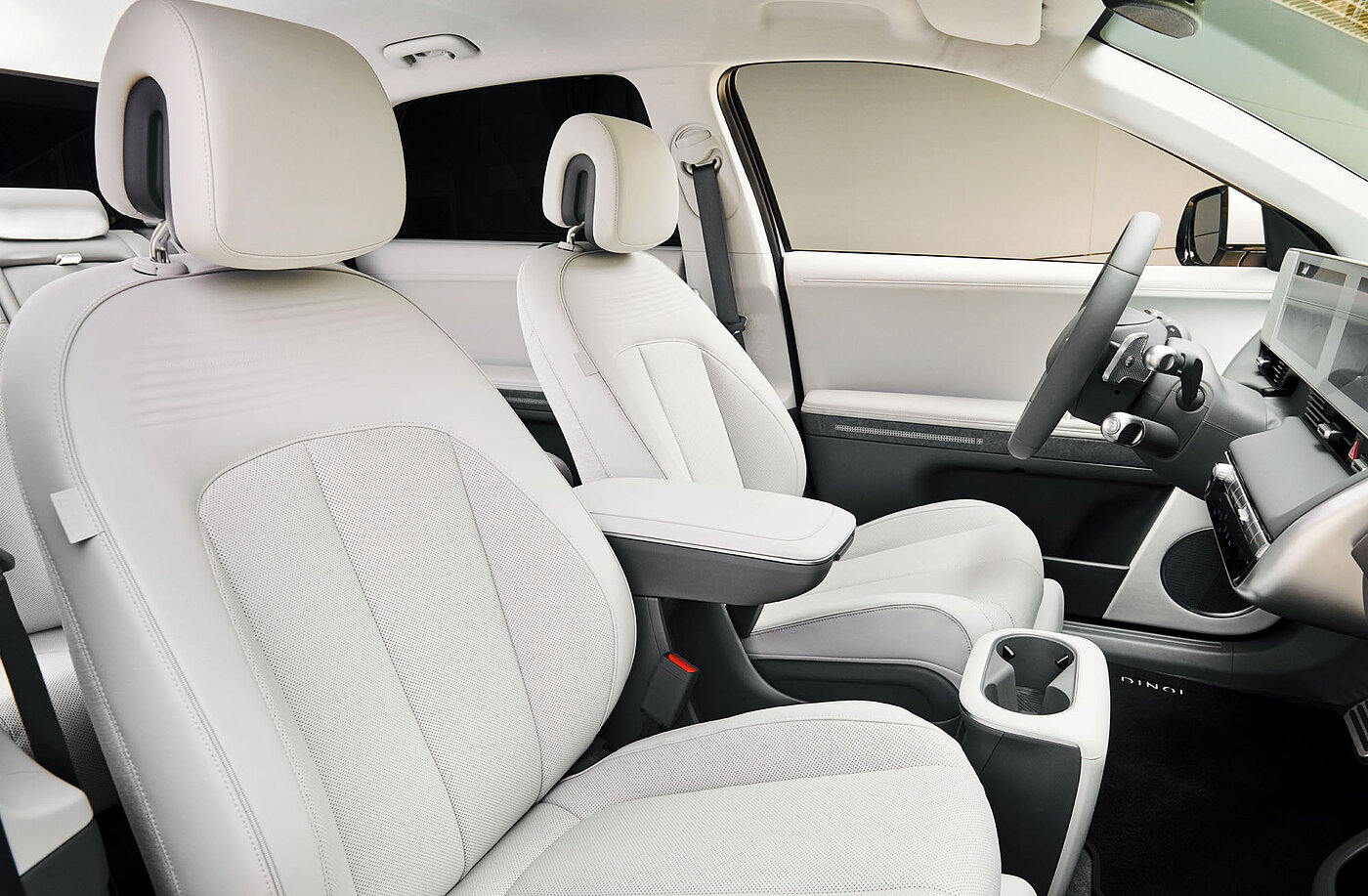
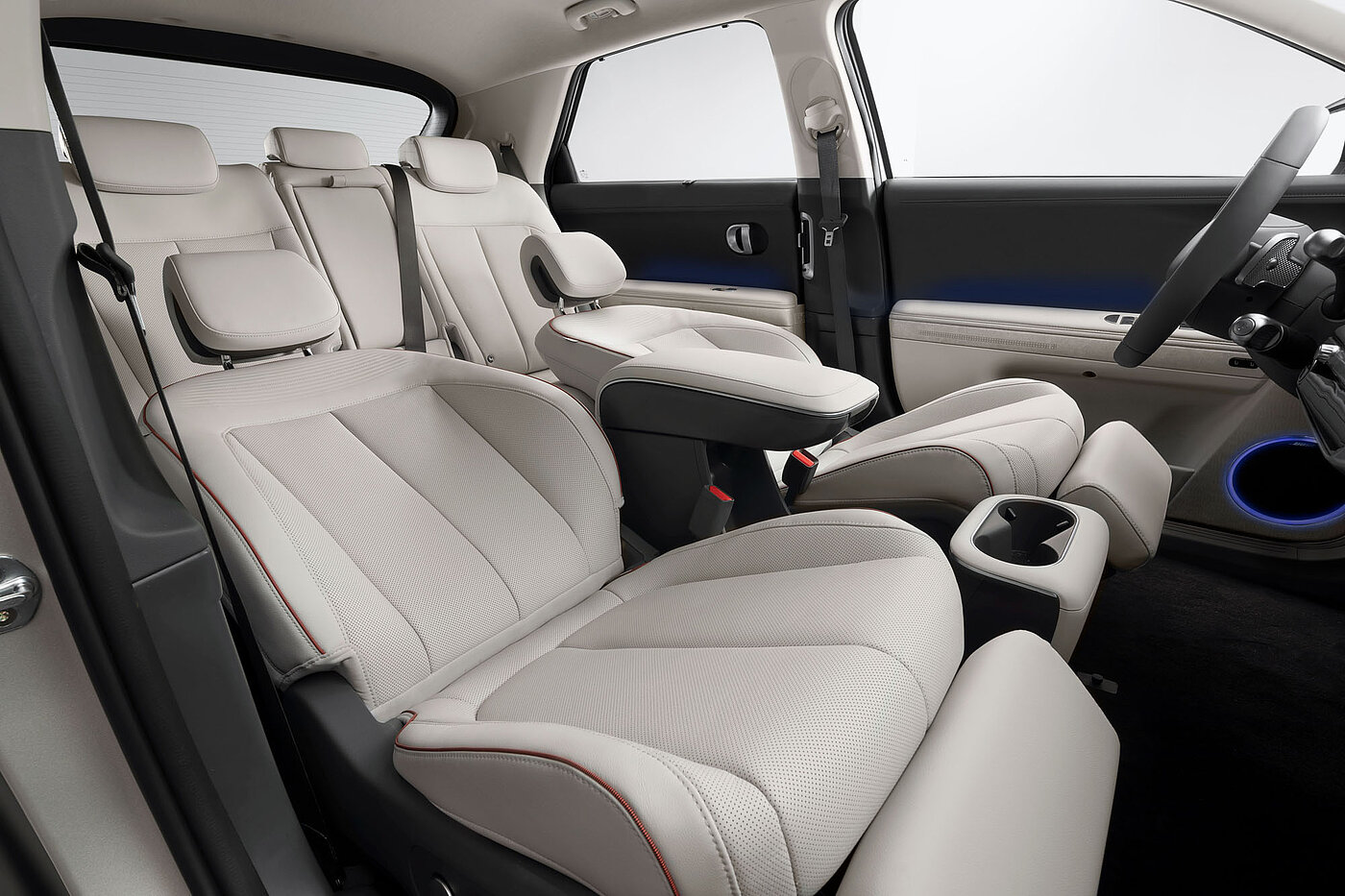
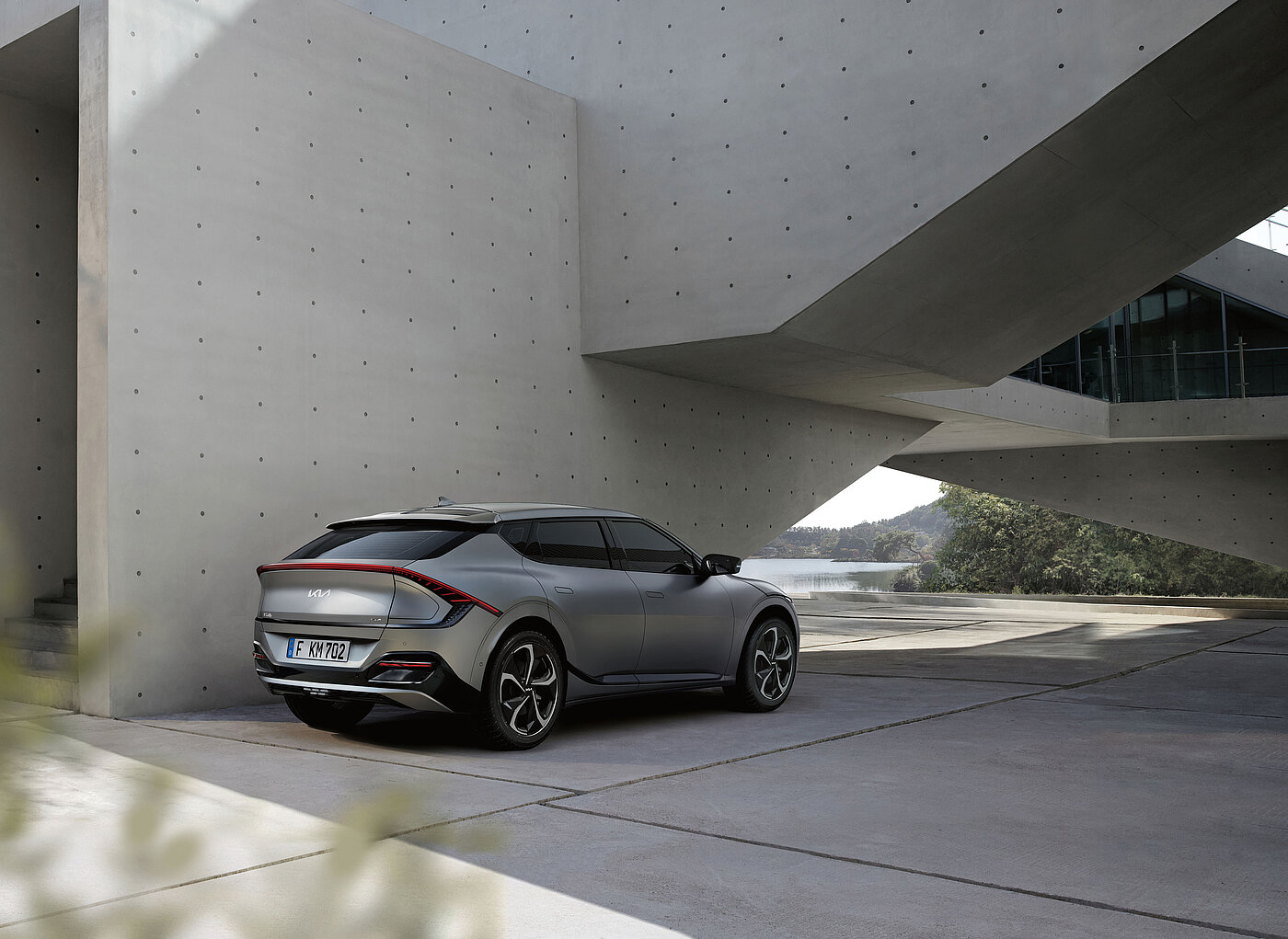
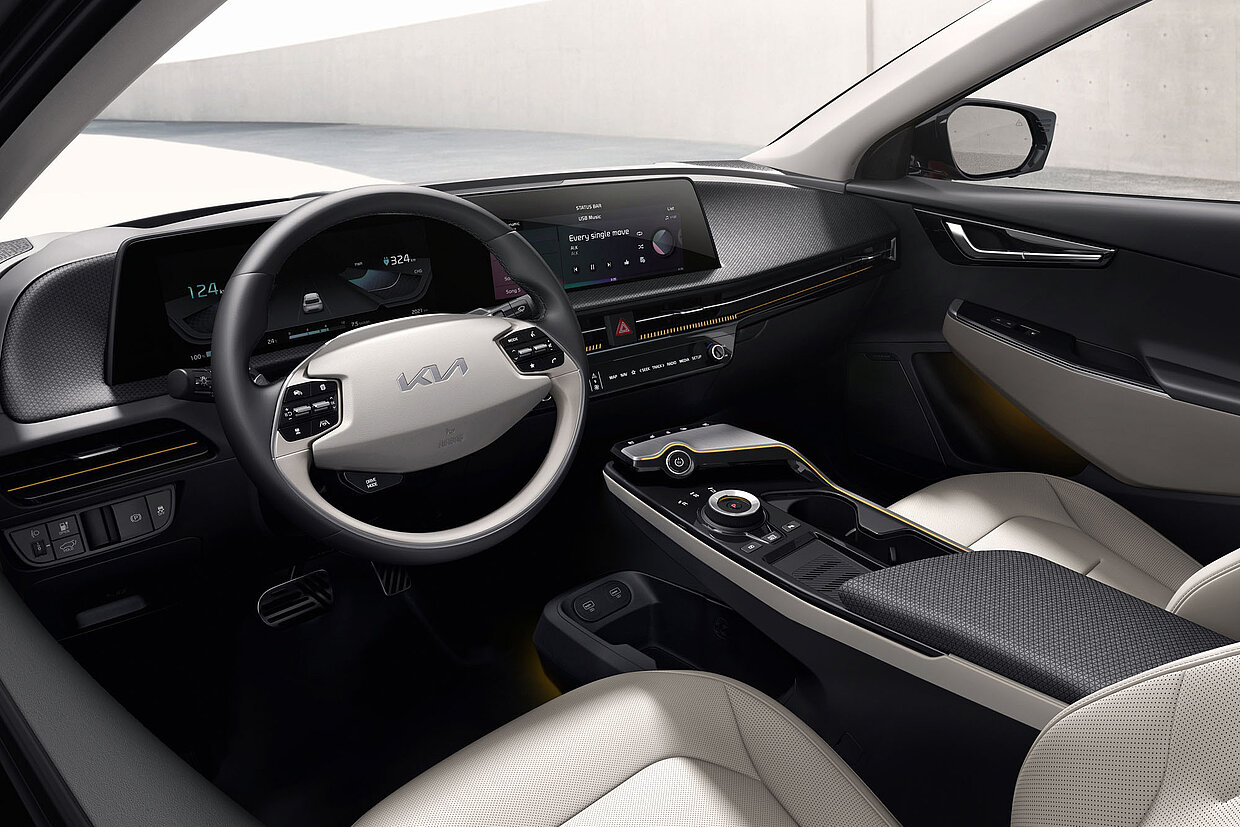
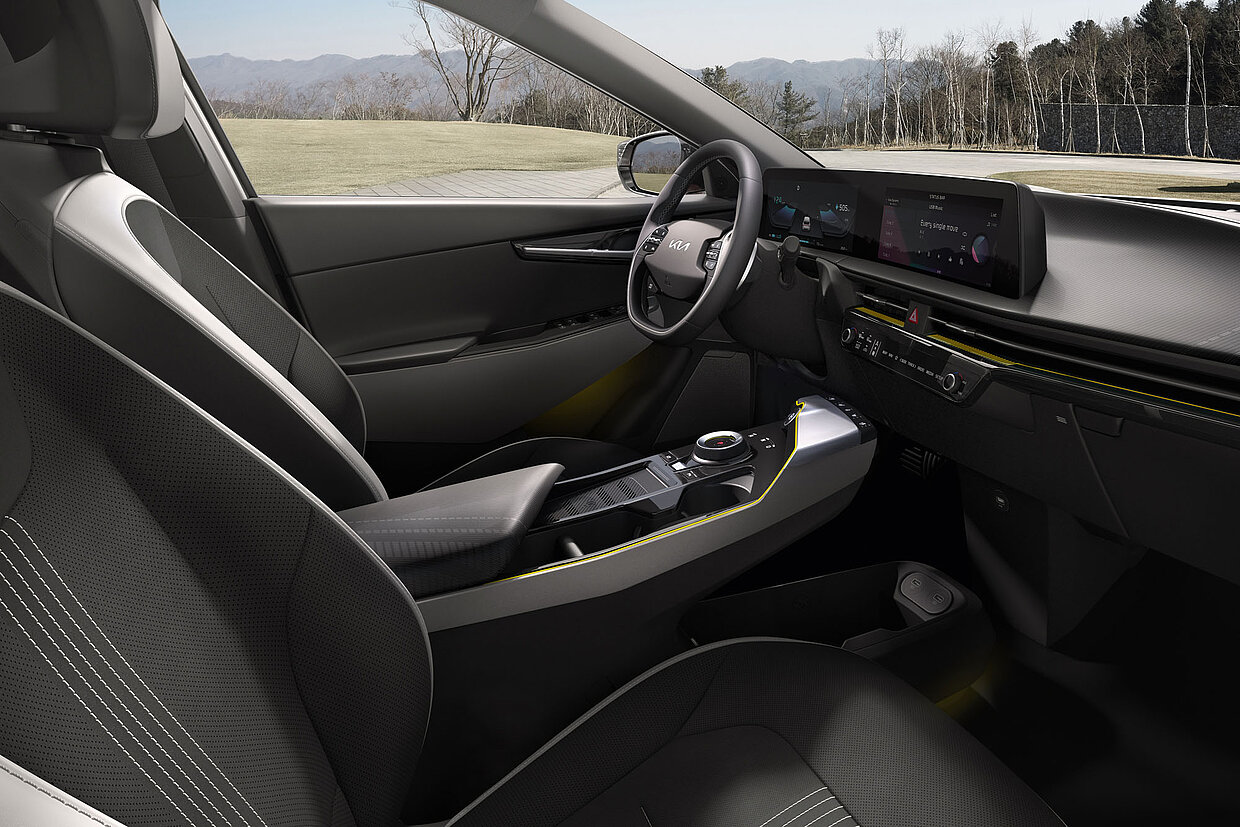
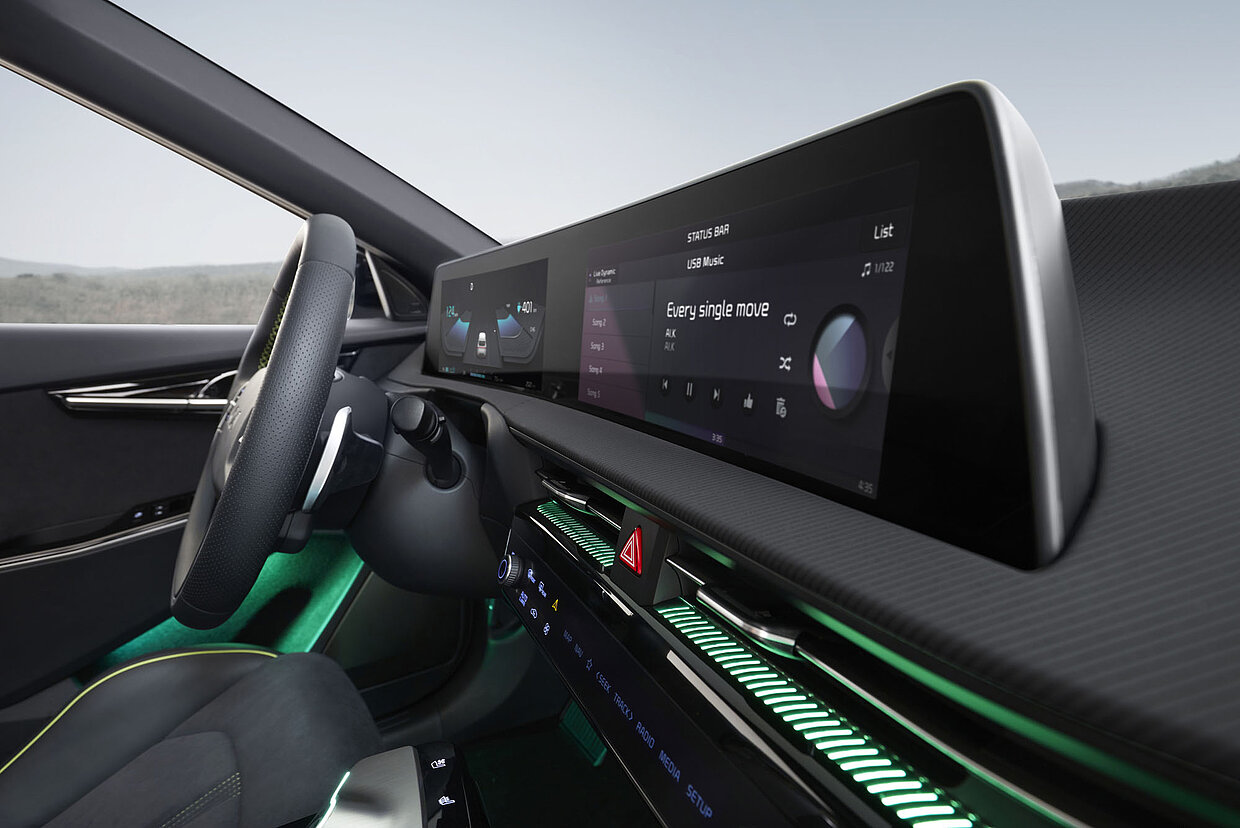
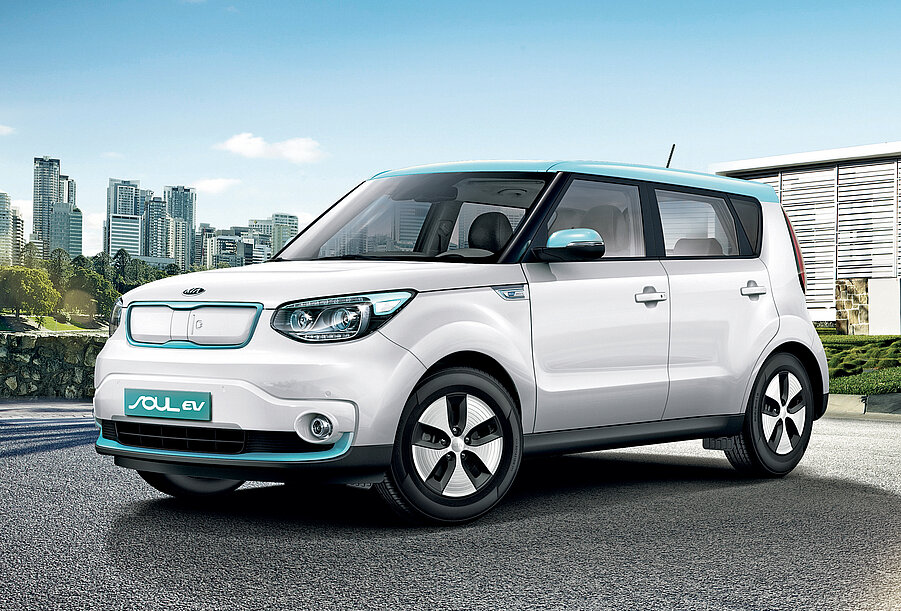

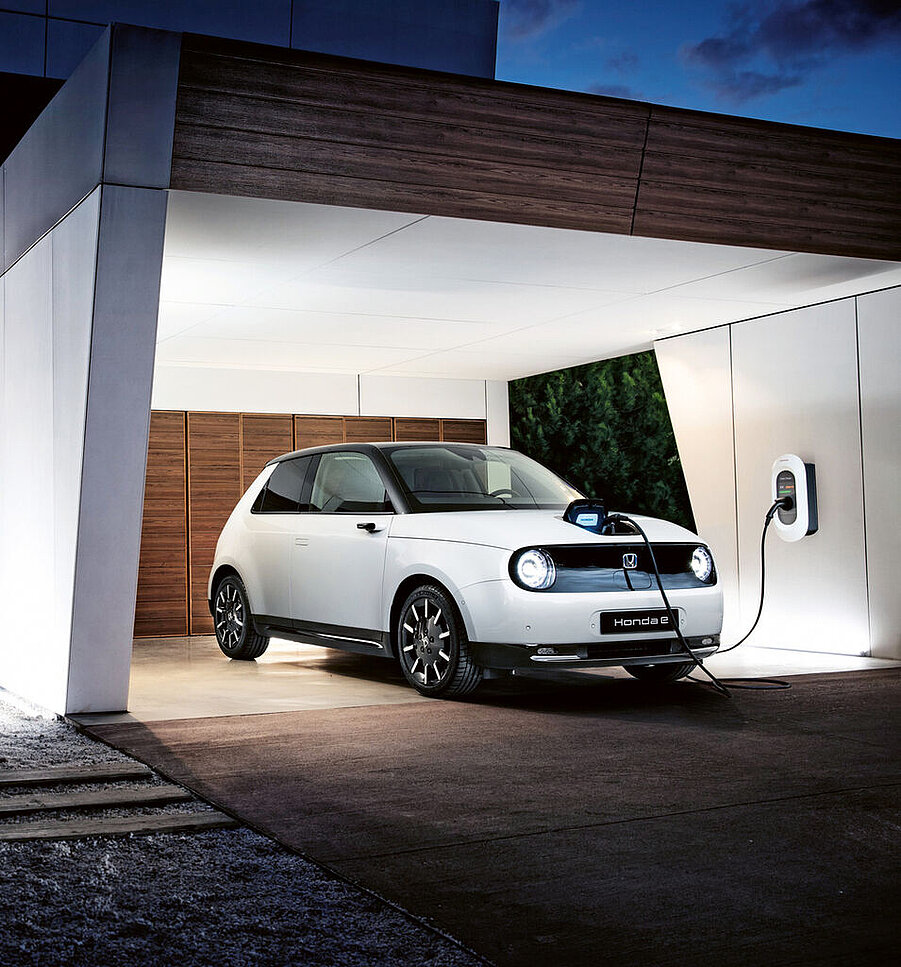
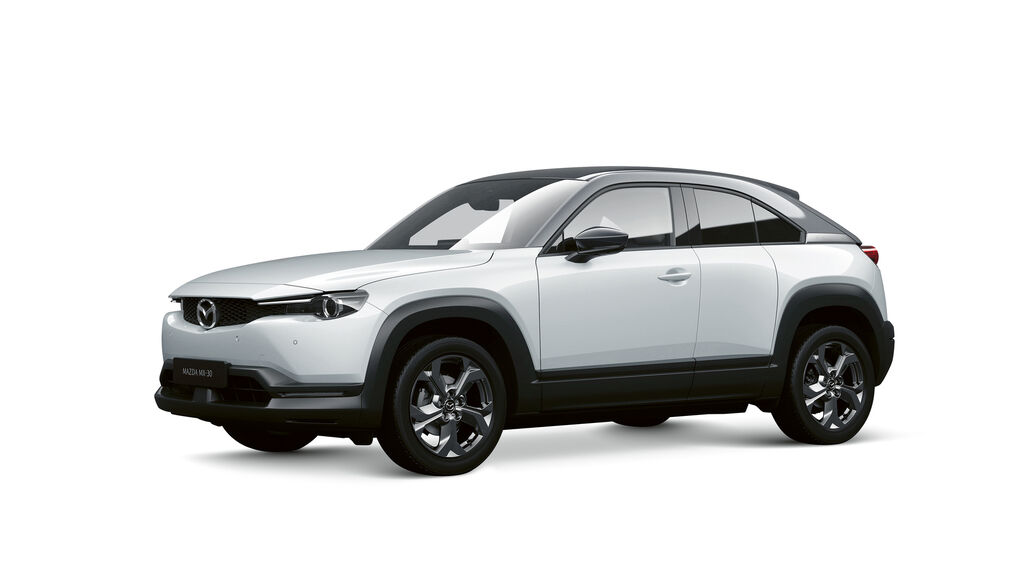

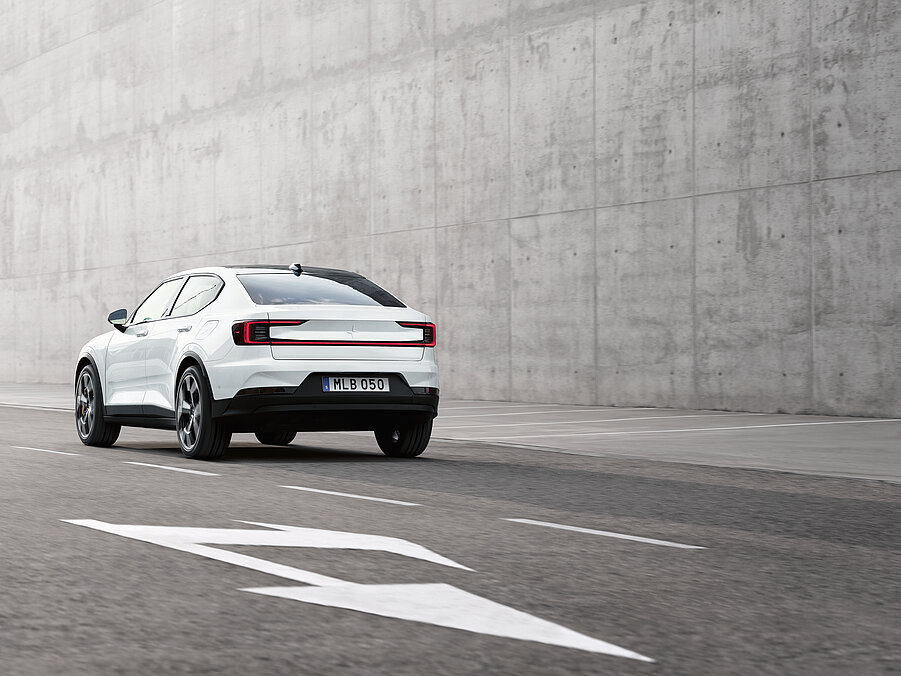
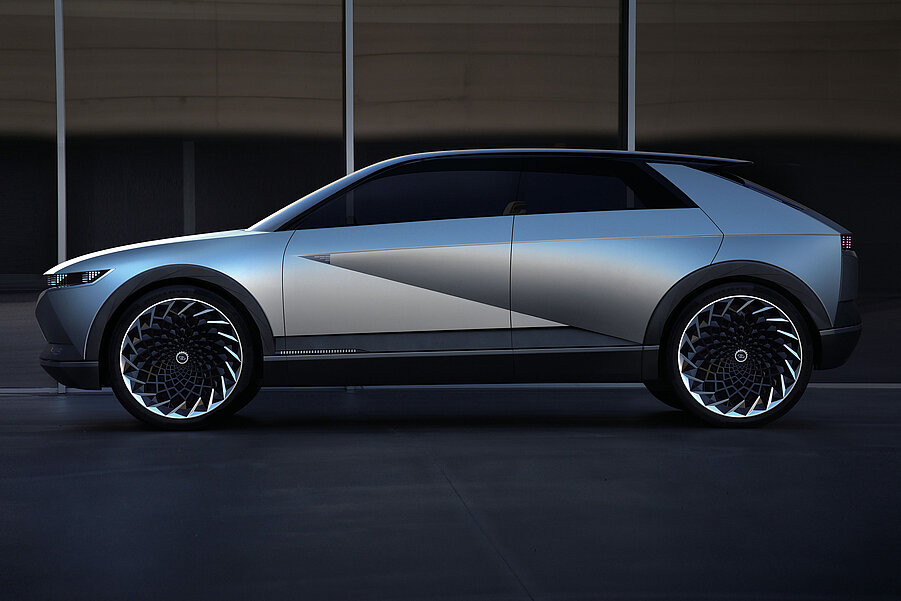
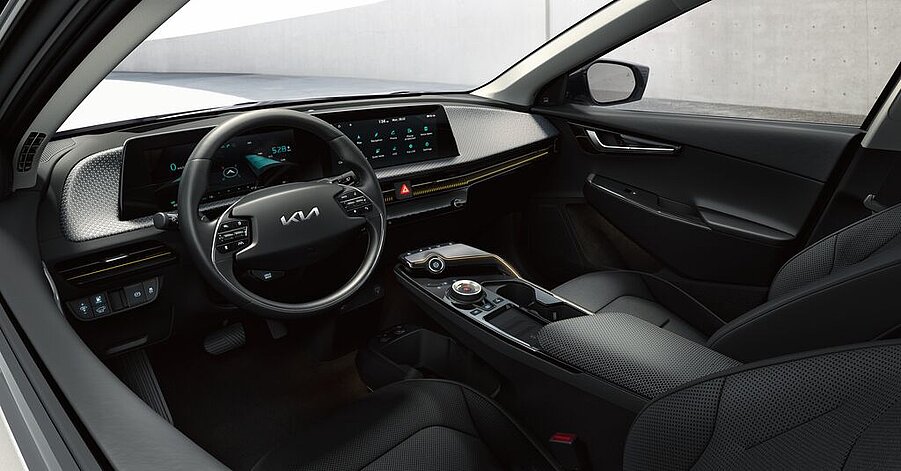
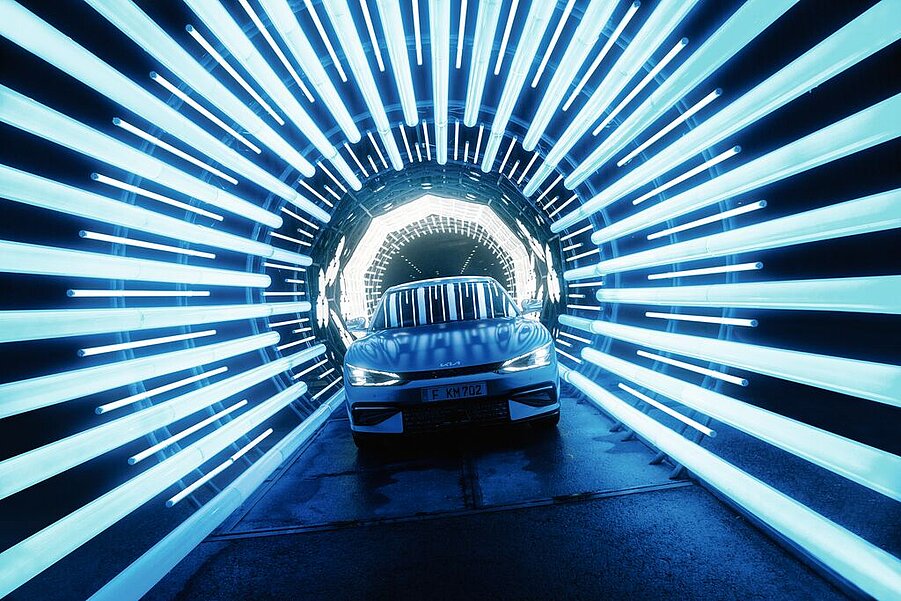
![[Translate to English:] [Translate to English:]](/fileadmin/_processed_/0/e/csm_Prophecy_Concept-5_68c05edf45.jpg)
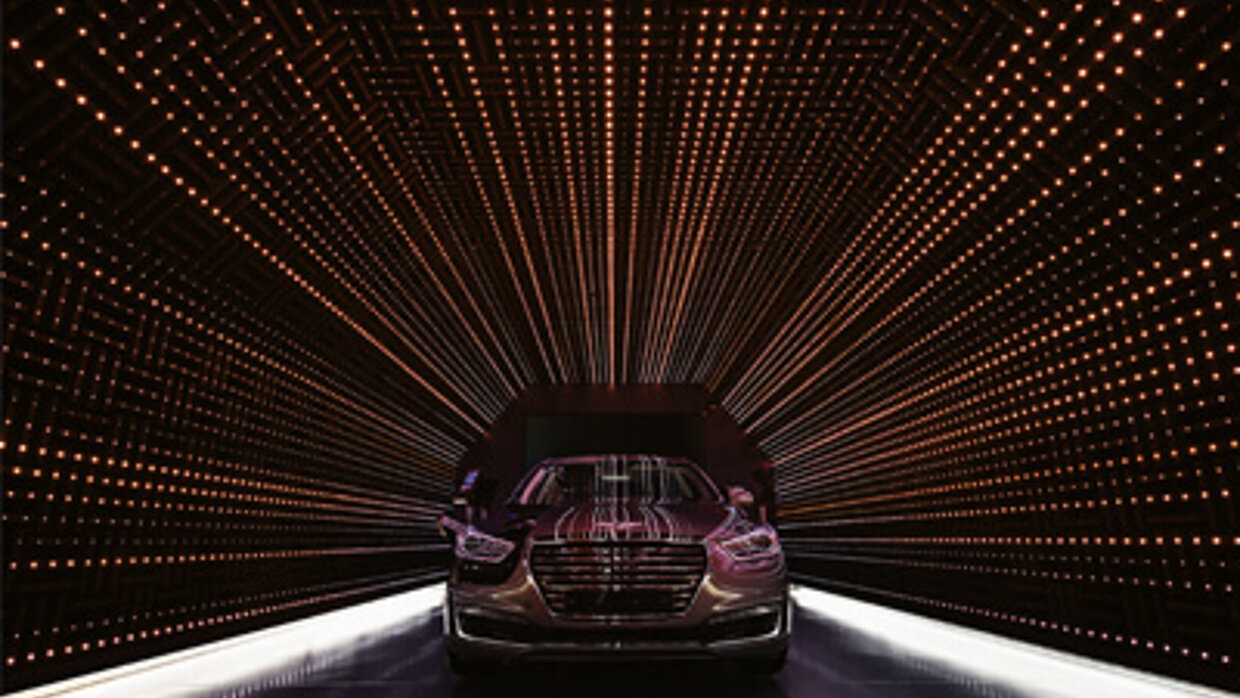
![[Translate to English:] [Translate to English:]](/fileadmin/_processed_/8/2/csm_20220923_Iconic_Chairs_Header_Image_Tonon_Fl%40t_Black_Wall_01_f2b907011c.jpg)